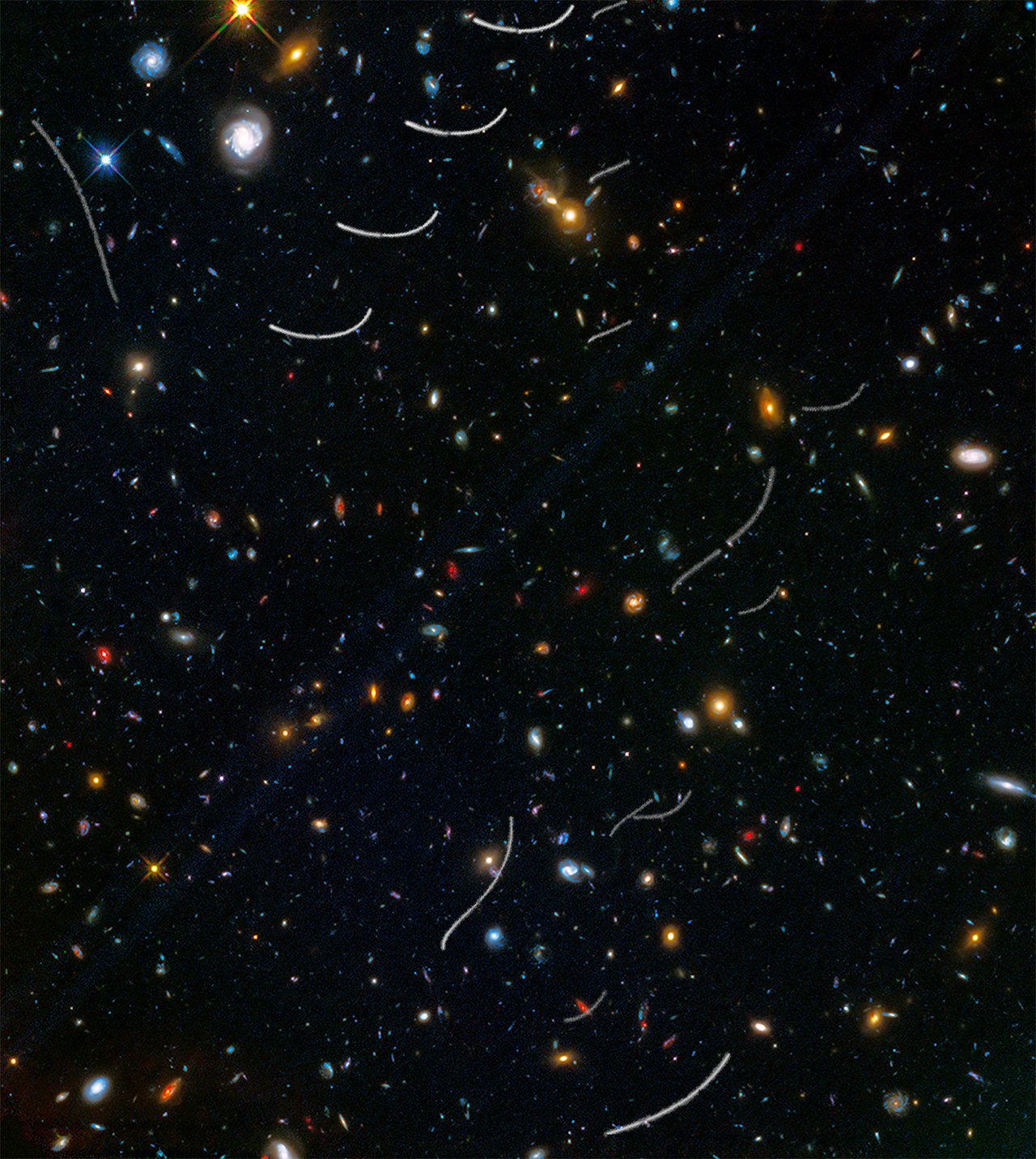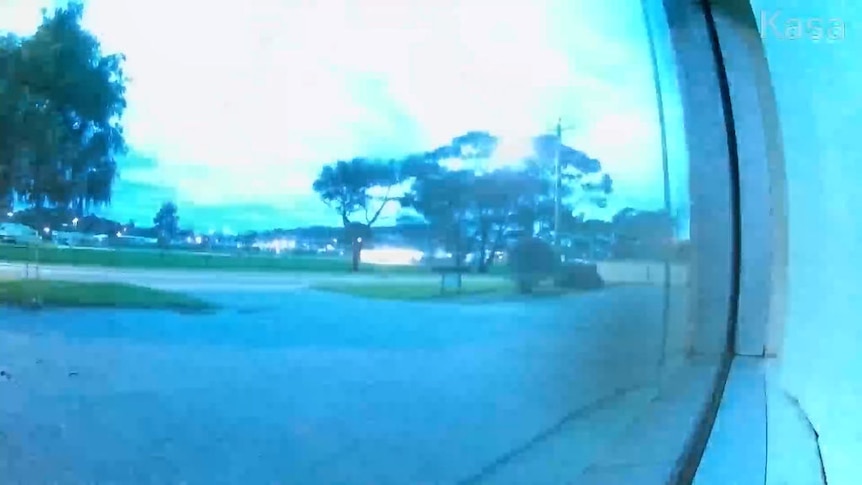You are using an out of date browser. It may not display this or other websites correctly.
You should upgrade or use an alternative browser.
You should upgrade or use an alternative browser.
Near-Earth objects and close calls
- Thread starter Gawan
- Start date
Benjamin
The Living Force
RT:
China to build space ‘defense system’
Beijing plans to ‘track and attack’ an asteroid to change its orbit as early as 2025, a high-ranking official has said
Apr. 24, 2022
China seeks to build a system capable of effectively monitoring asteroids and potentially altering their course to protect Earth from a possible impact.
The deputy head China’s National Space Administration (CNSA), Wu Yanhua, revealed on Sunday that Beijing expects to hit an asteroid as part of an experiment at some point in 2025.
What is planned to be set up is a near-Earth asteroid monitoring and defense system that would also be potentially capable of protecting spacecraft as well, Wu told China Central Television during this year’s Space Day of China event.
The system, which would include both ground-based and space-based elements, would catalog and analyze asteroids to determine which ones pose a potential threat to Earth or humanity’s activities in space. In particular, the system would involve a computer simulation framework that would model potential asteroid impacts, he explained.
The project is still pending approval by the Chinese authorities, the Global Times has reported, adding that it requires “coordination of multiple departments.”
China is not the only nation concerned about the threat that asteroids could pose to Earth. NASA has been developing a similar project as well. In November 2021, the US Space Agency launched a probe designed to strike a small asteroid to test if altering its course through impact is possible and whether this can be an effective planetary defense against such a threat.
Mounted on one of SpaceX’s Falcon 9 rockets, the probe, called DART, is supposed to strike a small space rock orbiting a larger asteroid, changing the speed of the moonlet by a fraction of a percent – but enough to be observed and measured from Earth. The probe is expected to reach its target about 10 months after launch.
No known asteroid capable of inflicting serious damage is on a collision course with Earth in the next 100 years, NASA said last October. However, the agency added that 60% of such space rock might in fact remain undiscovered.
A meteor exploded over the Russian city of Chelyabinsk back in 2013. Although the object burned in the atmosphere and only small fragments of it reached Earth, the explosion left over 1,600 people injured, with dozens hospitalized.
FWIW, an article describing the discovery of 1000 new asteroids! 

 www.universetoday.com
www.universetoday.com


Scouring Through old Hubble Images Turned up 1,000 new Asteroids
A team of researchers used citizen scientists and machine learning to discover about 1,000 new asteroids in archived Hubble images.
 www.universetoday.com
www.universetoday.com
Bright fireball captured streaking in the sky above Western Australia.

 www.abc.net.au
By Tim Wong-See and Peter Barr - Posted 1h ago
www.abc.net.au
By Tim Wong-See and Peter Barr - Posted 1h ago
'Great big metallic bang' accompanies spectacular 'fireball' caught on camera over WA
Residents up early in the state's south this morning were treated to a startling display of light and sound.
Another year has passed. As it turns out, 2021 (again) beats the previous all-time records of 2020 in pretty much all departments.
The Fireball Data for Japan has been published now. I've just edited the corresponding post below accordingly. Notice that the 2021 all-time record trend also seems to have happened over Japan:
Japan Fireball Data:

And the same data expressed in numbers:

Edit: [21.05.2022] Japan Fireball Data added: Note that the source of the Fireball Datasets from Japan have changed compared to the previous years and I'm not 100% certain that the above data actually represents the confirmed meteors anymore since they scrubbed that term for those numbers. Considering though that those numbers correspond quite closely to the numbers of the previous years I suspect that those still represent the confirmed Meteors and that they just didn't label them as such anymore.
Last edited:
METEOR OUTBURST POSSIBLE NEXT WEEK: In late 1995, Comet 73P/Schwassmann-Wachmann 3 exploded. Next week, some of the debris might hit Earth.
Multiple forecasters agree that a meteor shower could erupt on May 31, 2022, when Earth runs into one or more debris streams from Comet 73P. The display could be as intense as a meteor storm (1000 or more meteors per hour) or as weak as nothing at all. No one knows how much debris is inside the approaching streams, so meteor rates are hard to estimate.
Whatever happens, people in North America are in a good position to see it. Almost the entire continent will be in Moon-free darkness when the shower peaks. Maximum activity is expected around 1:00 am Eastern Daylight Time (05:00 UT) on Tuesday morning, May 31st. The shower's radiant (the point from which all meteors stream) will be almost straight above Baja California.
This isn't the first time Earth has sampled debris from Comet 73P. In 1930, at least a handful of meteors were observed shortly after the comet's discovery by German astronomers. The meteors emerged from a radiant near 4th magnitude star tau Herculis, so the shower has since been called "the tau Herculid meteor shower." NASA cameras also detected minor tau Herculid activity in 2011 and 2017.
#SUPERBÓLIDO #SPMN230522 EXPLODING ON #CATALUNYA this morning at 0h42m50s TUC (2h42m local time). Videos captured from Corbera de Llobregat, #Barcelona by Carlos Alcaraz @Astrocorbera2 . Working on its reduction @iSpaceSci @CSIC
@IEEC_space . http://spmn.uji.es/ESP/SPMNlist.html
@IEEC_space . http://spmn.uji.es/ESP/SPMNlist.html
One of the surprising discoveries made by the French Concordia project (Michel Maurette/Cecile Engrand/Jean Duprat) in Antarctica in the year 2000, was porphyritic olivine (PO) micrometeorites with an abundance of iron sulfide. These rare, “barely melted” cosmic spherules have not been heated sufficiently during atmospheric entry to complete an elemental differentiation, where the iron accumulates as a dense core and the volatiles evaporate.
On the contrary, these barely melted micrometeorites are closer to how the cosmic dust particles exist in outer space, with chunks and small microspherules of iron sulfide, nickel and iron together with the magnesium silicates.
When I first started to find the same barely melted type in urban dust, I was so surprised by the unusual visual appearance that the particles were put aside. Unlike other types of micrometeorites, which I could identify visually, these particles required chemical analysis to confirm their extraterrestrial origin.
A beautiful example of this barely melted type of micrometeorite is NMM 1833, which was found on the roof of an industrial building in Vestby, outside my hometown of Oslo. NMM 1833 measures about 0.3 mm and has iron sulfide that is completely intact. Since sulfide is rapidly weathered, we know that this little speck of stardust was collected very shortly after it arrived on Earth. To me, it seems almost like a small volcanic planet!
Barely melted space gems have been the focus of a great deal of fascinating and mysterious research that may reveal many secrets of the universe, which I will discuss another time. For now, enjoy the wondrous beauty of NMM 1833 and connect with Project Stardust on Facebook, Instagram, and Twitter to stay up-to-date!
Yours truly,
Jon Larsen
Trending content
-
-
Thread 'Coronavirus Pandemic: Apocalypse Now! Or exaggerated scare story?'
- wanderingthomas
Replies: 30K -
Thread 'Mass Shooting at Bondi Beach, Sydney, targets Jews celebrating Hanukkah'
- Rhythmik
Replies: 100 -
